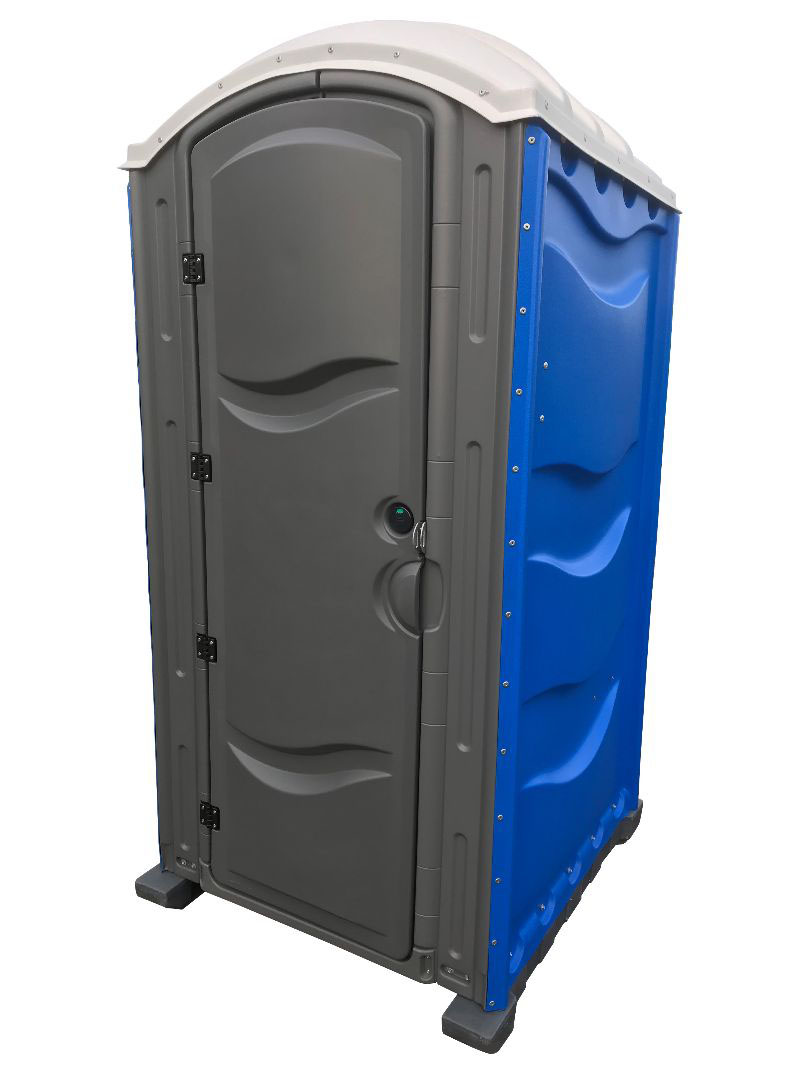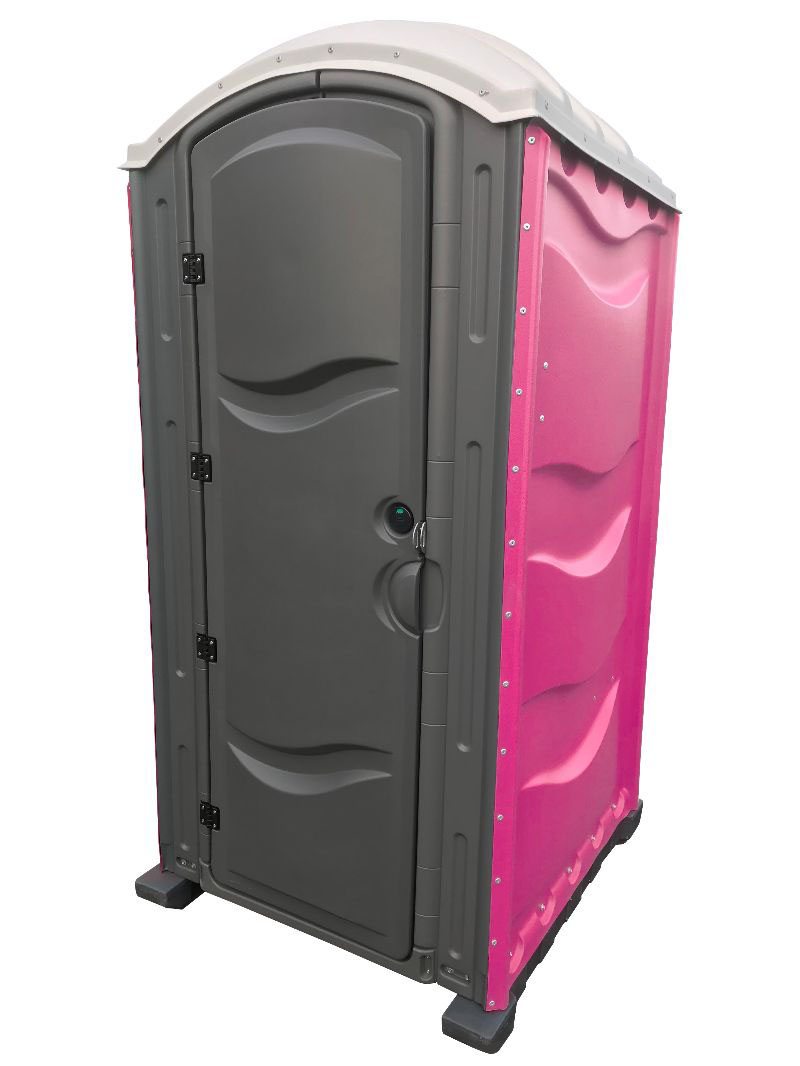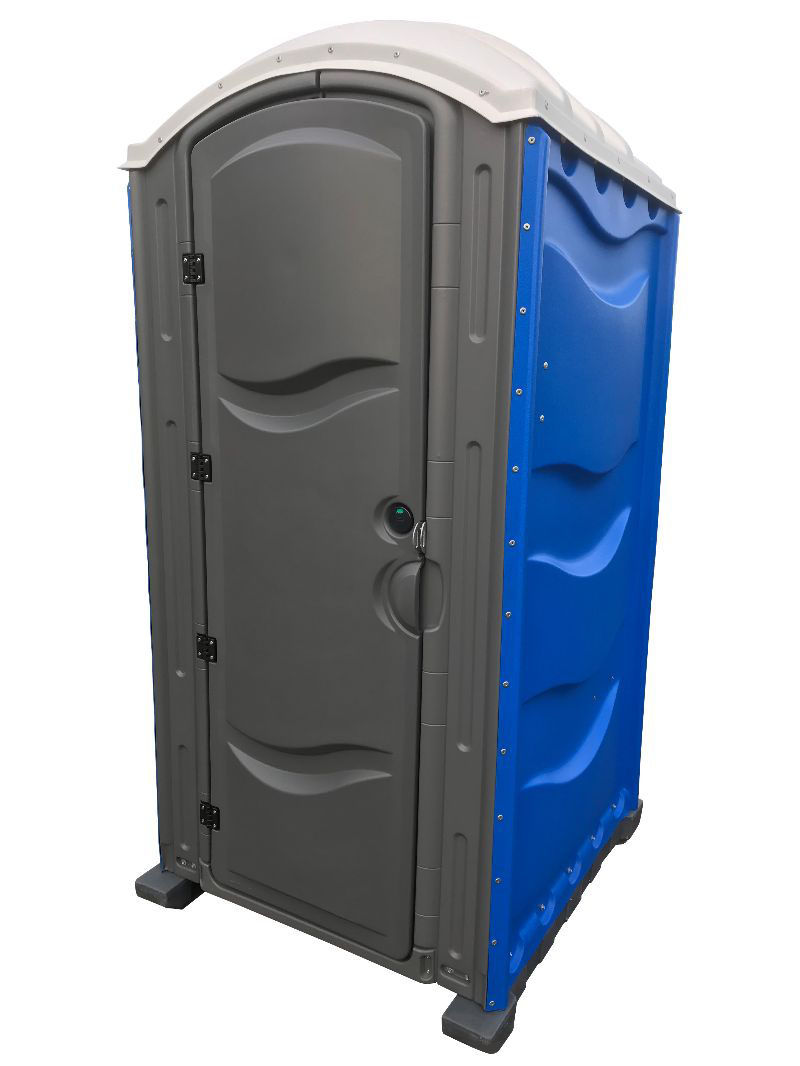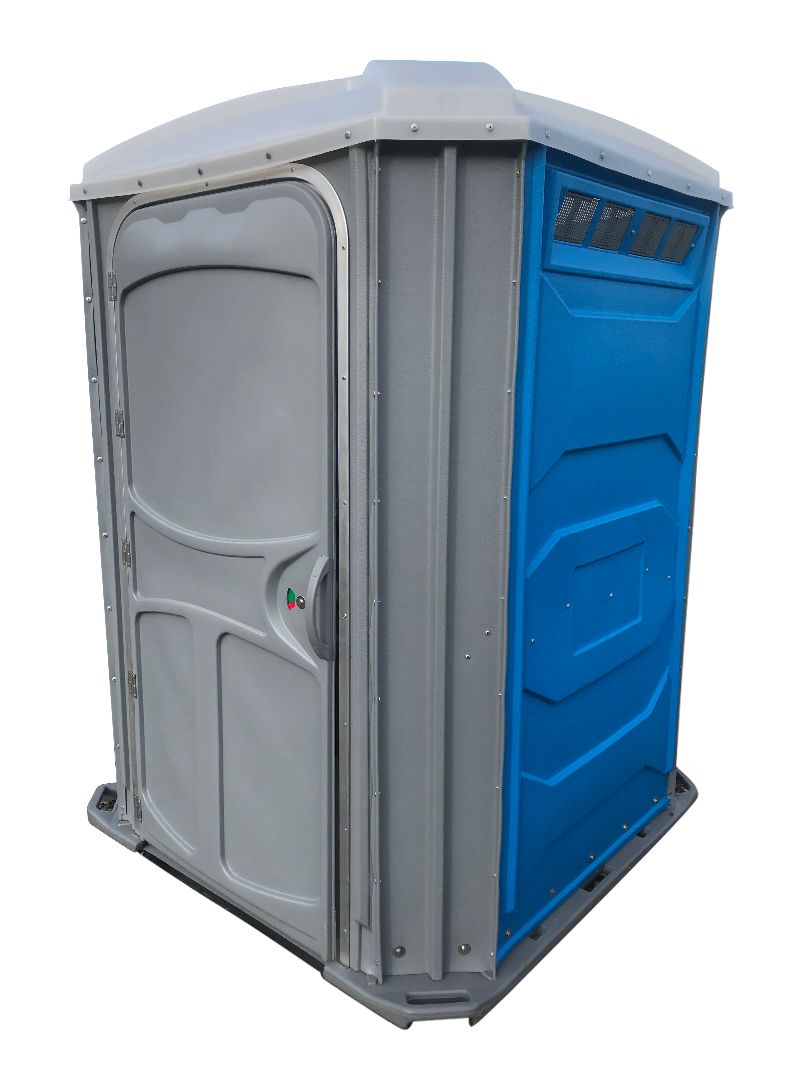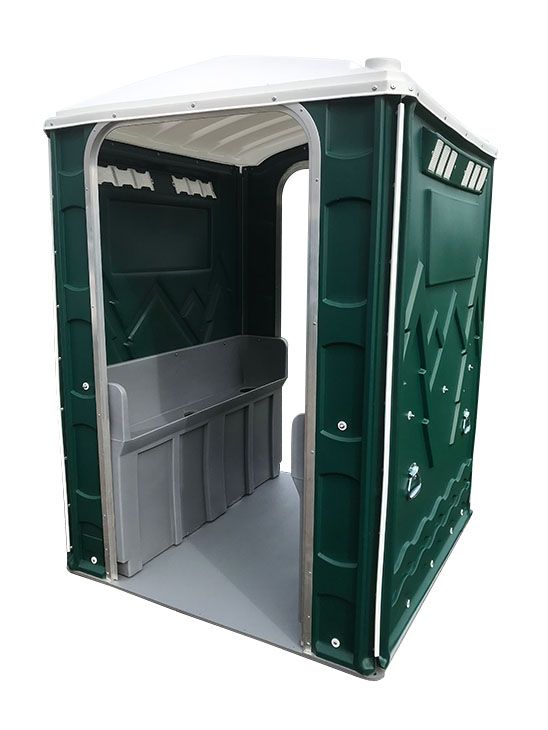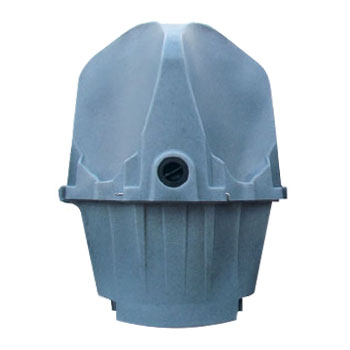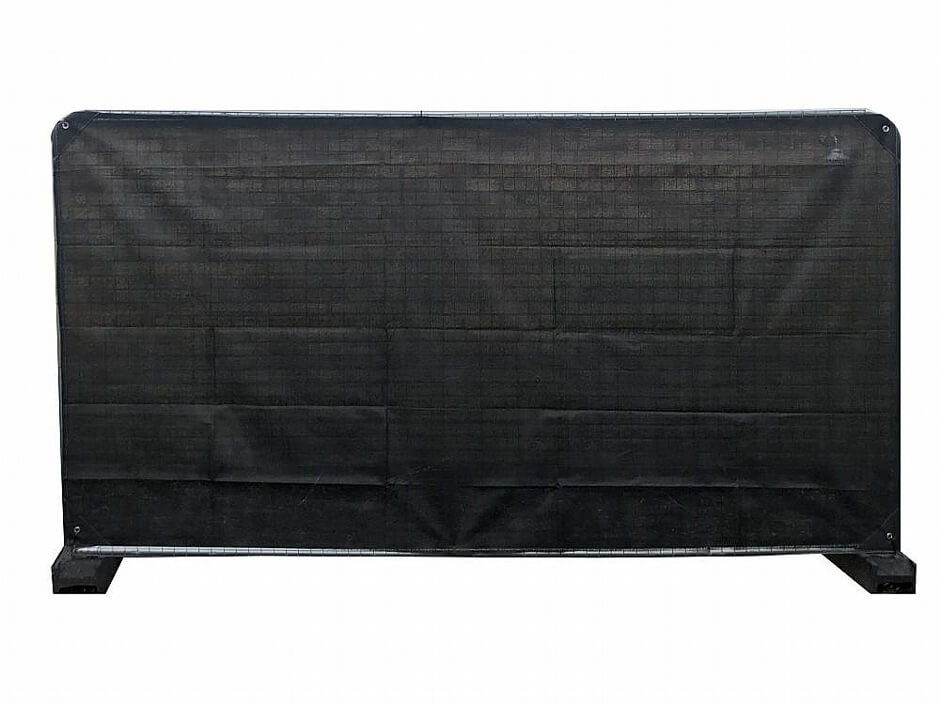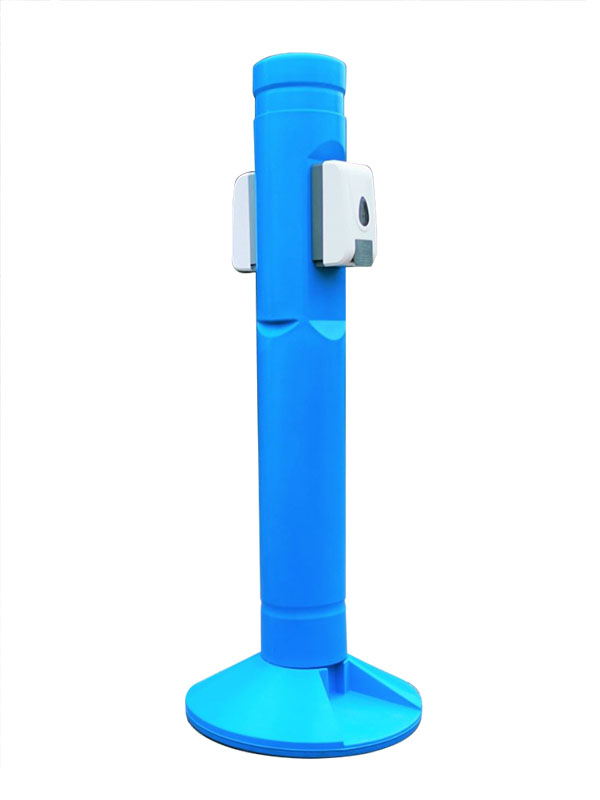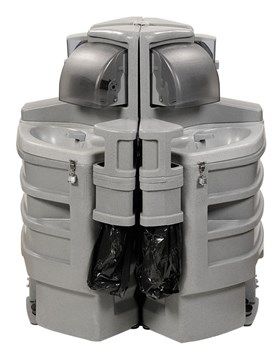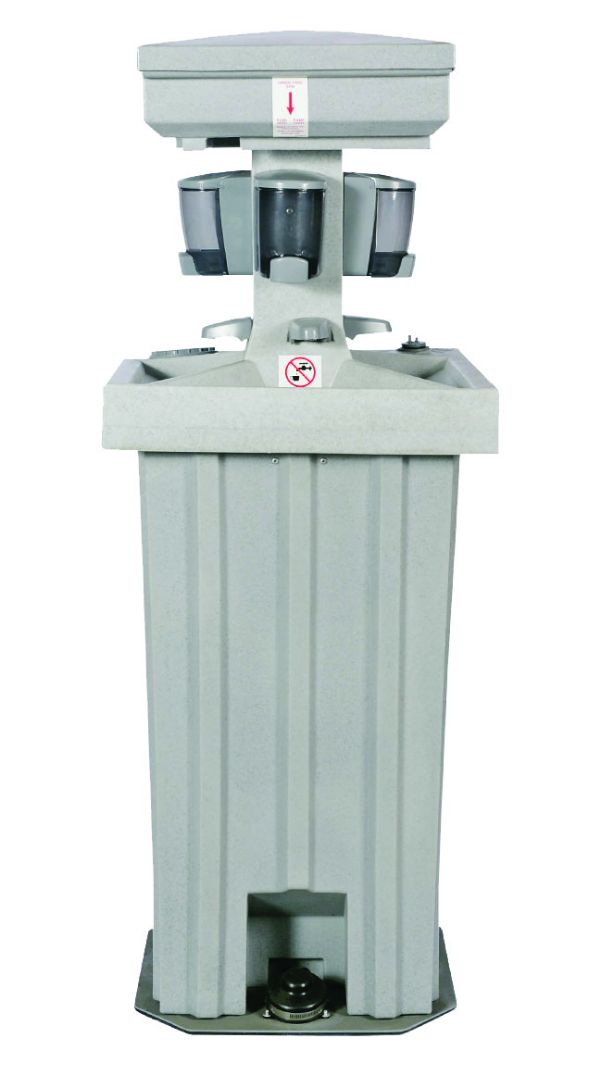Portable Toilet Hire
Hertfordshire
A very warm welcome to our family owned Hertfordshire based company.
We provide portable toilet facilities for construction sites and diverse events such as outdoor weddings, parties, sporting events and festivals. All of which can benefit from our portable toilet hire in Hertfordshire and surrounding areas.
- 1
- 2
- 3
Get a quote today!
If you know what you need, enter your requirements below for a fast and easy online quote. If you’re not sure, try our Event Planning Tool.
Portable Toilet Range
Portable Toilet Accessories
Portable toilet hire in London, Essex and Hertfordshire
WC Portables has built an outstanding reputation for the responsible and ethical management of our portable toilets business. Having serviced a diverse range of events and construction projects in Hertfordshire, Cambridge, Essex, Watford and London, our customer base remains loyal and continues to expand.
We prioritise convenience, striving to offer a service that is unparalleled, whether for large organised events or intimate local gatherings. At WC Portables, customer satisfaction is paramount. Expect nothing less than 100% dedication to your needs and absolute reliability. Our friendly and professional team, fully trained and eager to assist, ensures a seamless portable toilet service experience.
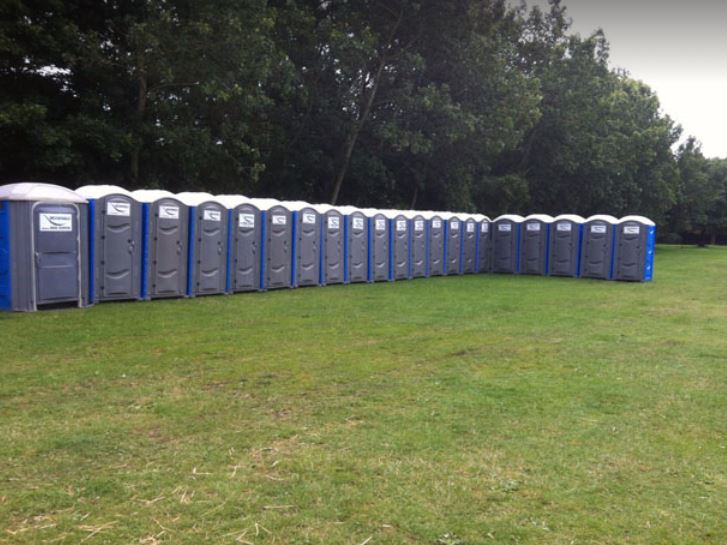
What Our Customers Say
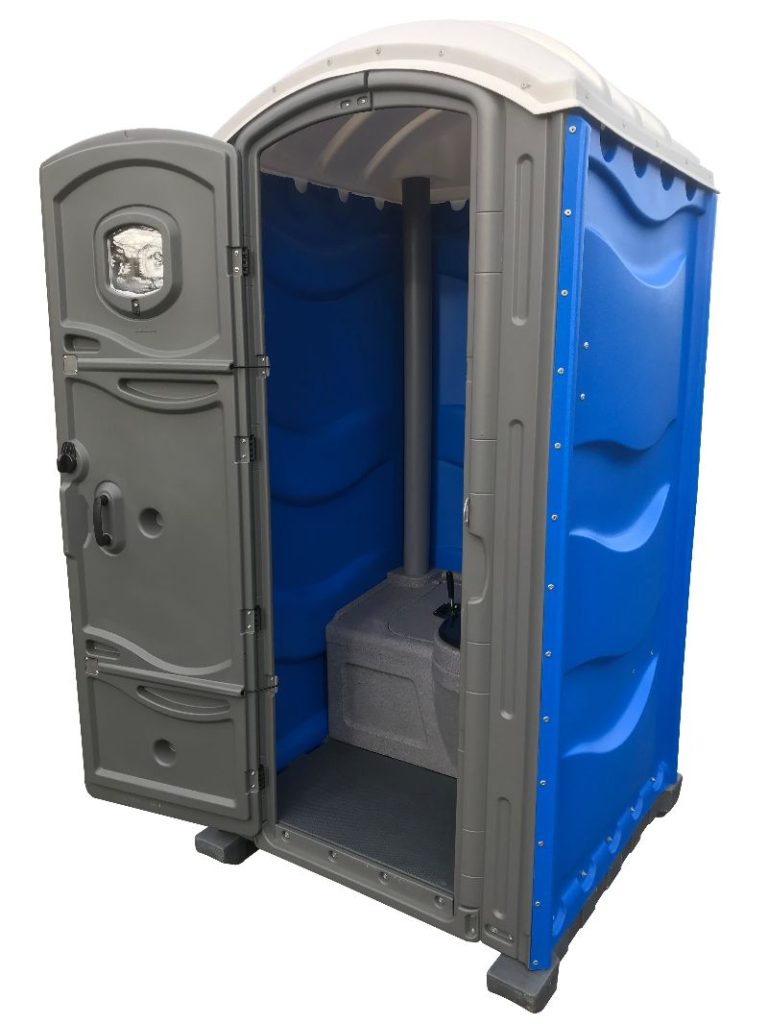
Portable Toilet
Frequently Asked Questions
Ask Us A Question
Send us a message and let us know how we can help.


